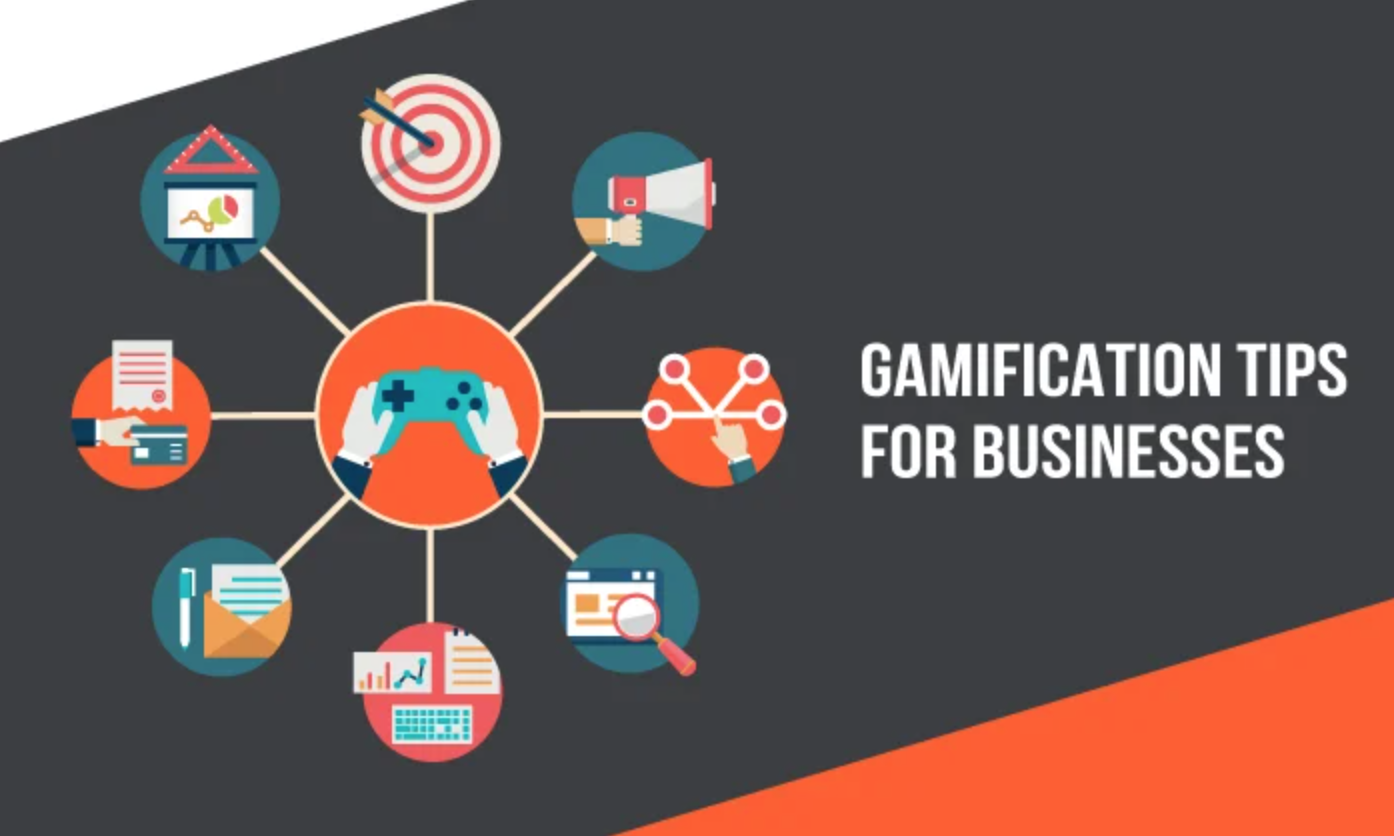
July 27, 2022
In the digital world,
gamification is no longer just a game
Is gamification the new strategic imperative for sustainable business growth?
For many people, gamification is associated with the enormous rise in the global game playing business including worldwide competitions for money and other prizes. For others, it’s all about their families and friends playing multiple games across towns, states, or countries.
But as new statistics emerge, as much as 70% of Global 2000 companies have discovered the value and benefits of using gamifications to drive meaningful new revenues, margins, and profits from enhanced customer engagement, as well as improved employee engagement and performance.
Using gamification for customer engagement strategies resulted in a 54% increase in trial usage and a 15% increase in buy clicks.
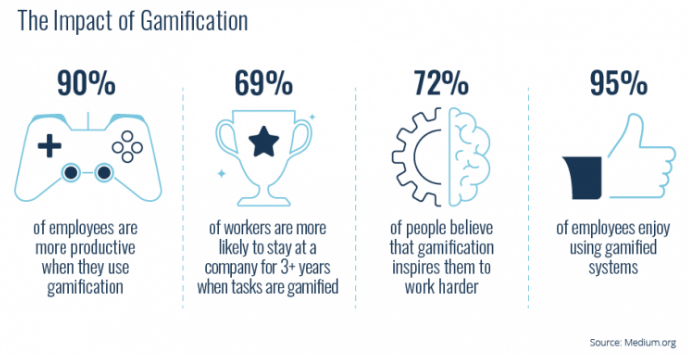
Recent statistics have documented the gamification market size is projected to grow from USD 9.1 billion in 2020 to USD 30.7 billion by 2025, at a Compound Annual Growth Rate (CAGR) of 27.4% during the forecast period as shown on the chart below.
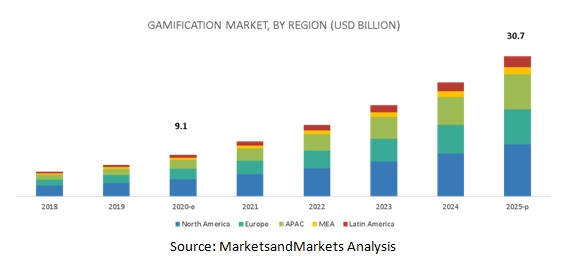
To gain the benefits from gamification requires rethinking what it is and what it can do to improve overall business growth performance. Here is one new definition from Medium.org to help jumpstart thinking about it differently:
“Gamification is a persuasive technology that attempts to influence behaviors by activating individual motives via game-design elements, and it is an example of creating a problem-solving environment with camaraderie where tasks can be explored and enhanced in a goal-oriented manner.”
Some early business adopters of gamification and the results they’ve have seen from it
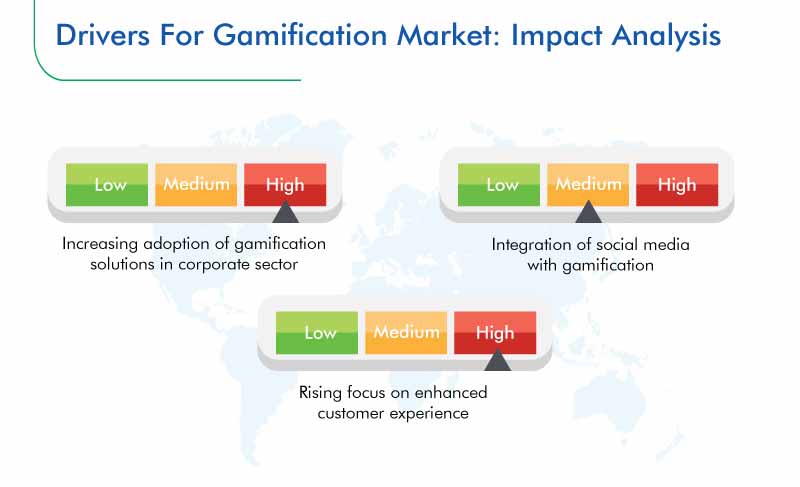
Here are some examples of early adopter companies who have used gamification to deliver meaningful impact on their operations and business growth performance:
- SAP Streamwork deployed gamification in its brainstorming groups and grew generated ideas by 58%.
- Objective Logistics used gamification to motivate employees through behavioral change rewards and increased their profit margin by 40%.
- Autodesk used gamification to incent users to learn how to use their new program which increased trial by 54%, buy clicks by 15% and channel revenues by 29%.
- Domino’s Pizza created the gaming app Pizza Hero and increased sales revenue by 30%.
- Moosejaw clothing company gamified customer engagement activities which resulted in a 560% ROI from its initial marketing expenditures.
- Popchips used gamification to personalize its mobile advertising which led to $100 million in sales, a 40% increase.
- Extraco Bank raised customer acquisition by 700% through its gamification system.
- Bell Media increased customer retention by 33% by incorporating “social loyalty” rewards on their website.
- Deloitte Leadership Academy’s executive training program increased the number of users by 46% by embedding gamification into it.
- Devhub, a place for web developers, added gaming feedback to its platform and saw the percentage of users who finished their sites go from 10% to 80%.
Using the Incubation Zone to discover and leverage the business value of gamification
In my brother Geoffrey Moore’s book Zone to Win, he created a 4 Zones framework, vocabulary, and decision-making process that enables senior leadership teams to discuss, segment, and prioritize multiple new product, service, and business investments. It also allows them to successfully deploy digital technologies, like gamification, as a primary driver of sustainable market differentiation.
The Incubation Zone is the staging area where companies can identify, test, and validate the ROIC potential of a portfolio of next generation business growth ideas. The key success metric for this zone is to be able to quickly measure and document the impact and value from each new idea. The framework is also designed to place specific ideas in their relevant zone as I’ve done with some examples in the slide below:
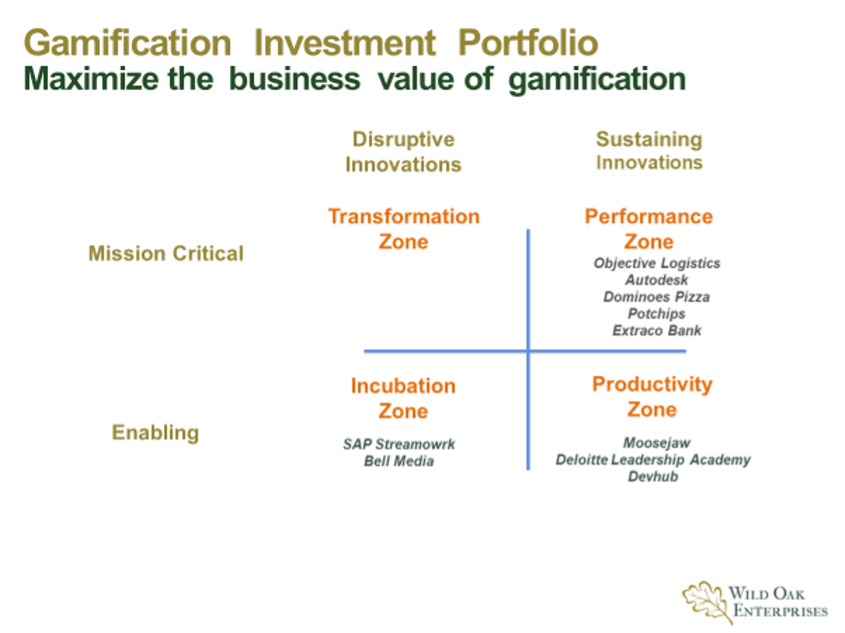
The compelling impact on business growth and employee performance from the successful development and implementation of gamification clearly illustrates that it is no longer just a game. It is a new strategic imperative for sustainable business growth. As such, those companies that can utilize and leverage it successfully will significantly outperform their competitors.
As always, I am interested in your comments, feedback and perspectives on the ideas put forth in this blog. Please e-mail them to me on linkedin. And, if this content could be useful to someone you know please share it here:

